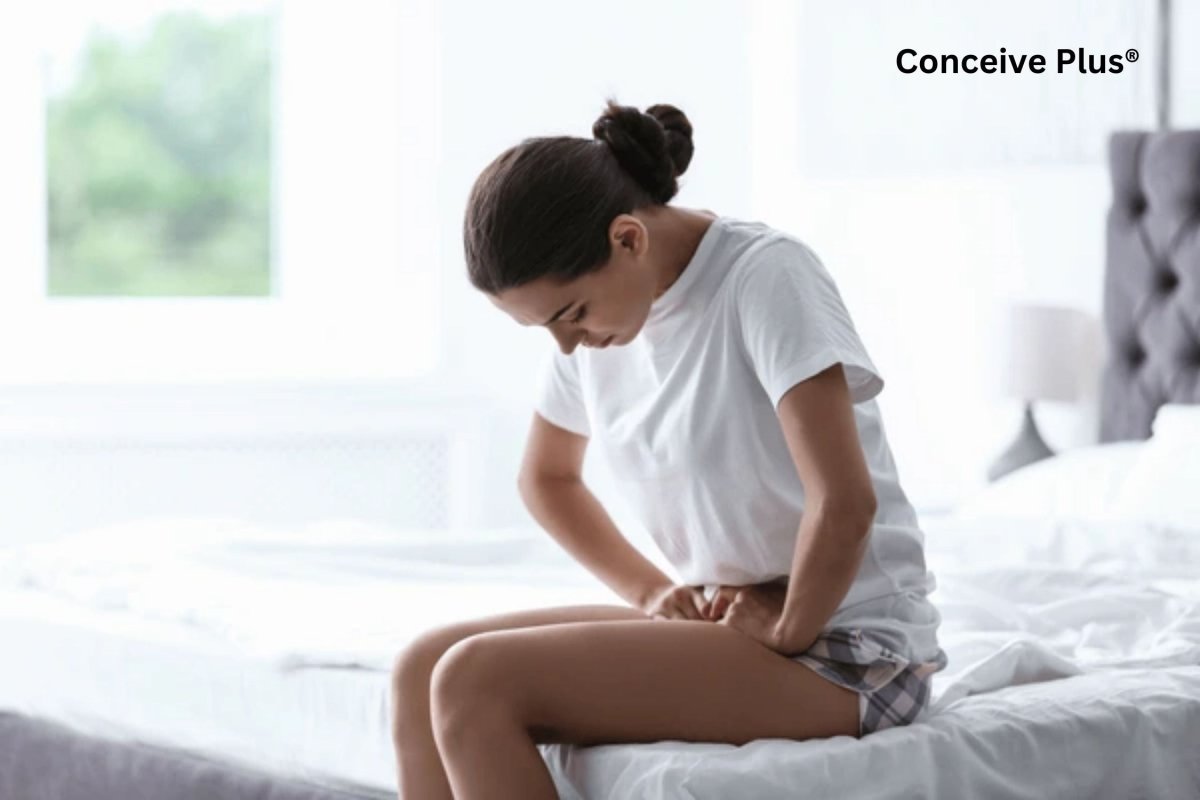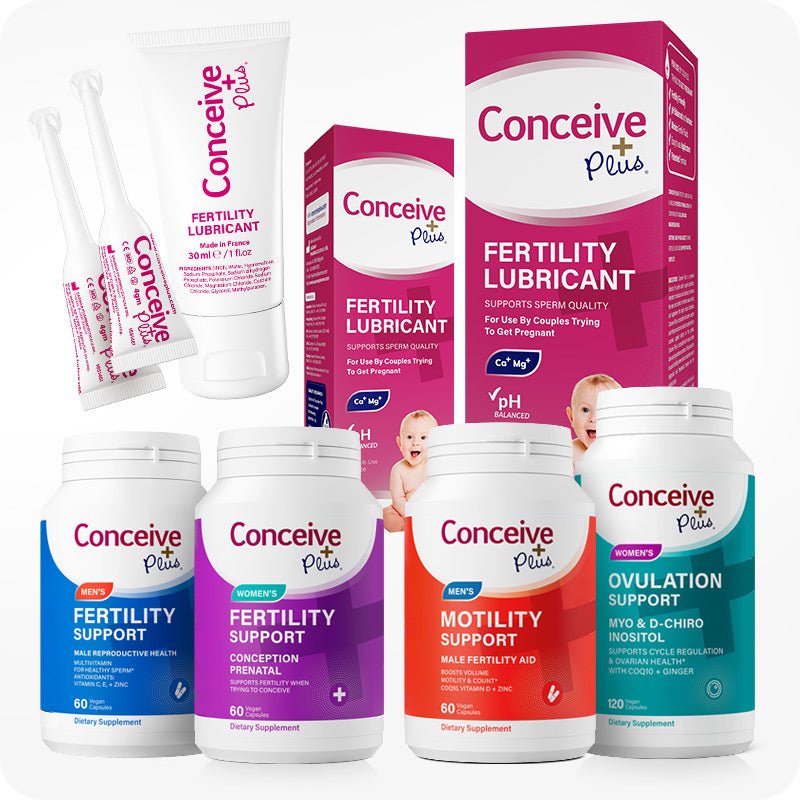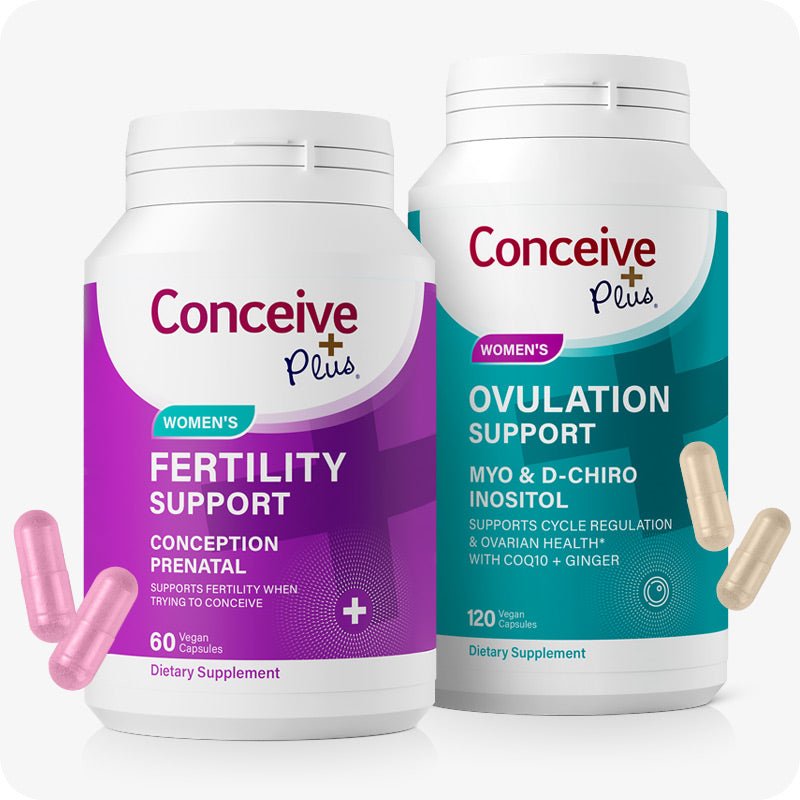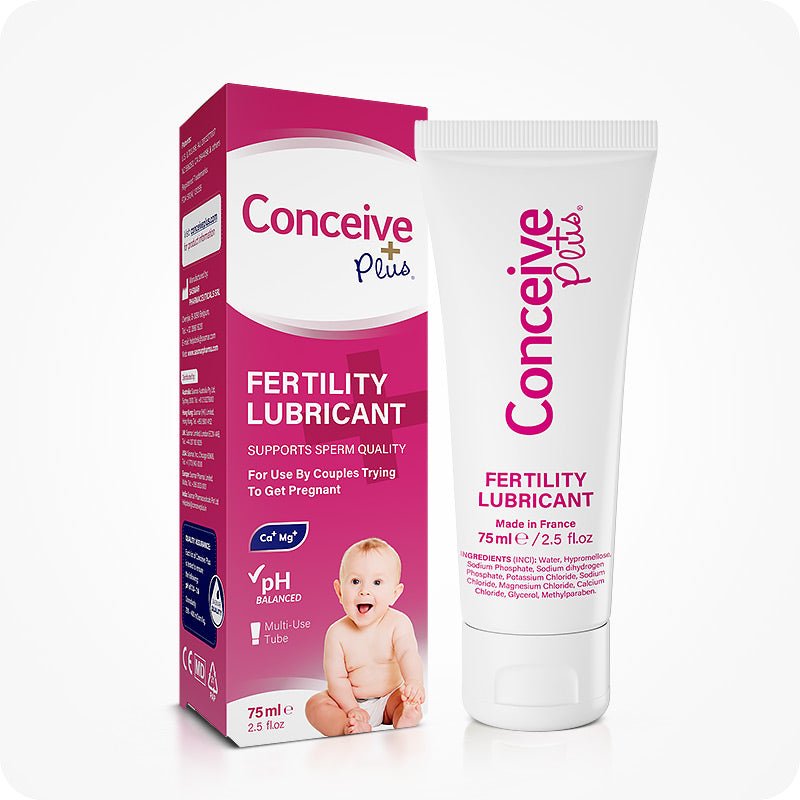9 DPO PMS or Pregnant? Understanding Early Symptoms: How to Tell the Difference

For those trying to conceive, every day after ovulation can feel like a waiting game. By 9 days post-ovulation (9 DPO), some women begin noticing symptoms that raise the question: Am I experiencing PMS or am I pregnant? The challenge lies in the fact that many early pregnancy symptoms closely mimic premenstrual symptoms, making it difficult to distinguish between the two. Here, we explore common symptoms at 9 DPO, how they overlap with PMS, and signs that may hint at early pregnancy.
What Happens at 9 DPO?
Nine days after ovulation, a fertilized egg may have already implanted in the uterine lining, beginning the early stages of pregnancy. Implantation typically occurs between 6–12 DPO, so by 9 DPO, some women may experience the first subtle signs of pregnancy due to hormonal changes, especially if implantation has just taken place.
However, many symptoms at this stage, whether due to PMS or pregnancy, are caused by an increase in progesterone. This hormone rises in the luteal phase (post-ovulation phase), supporting a potential pregnancy and causing symptoms in both pregnant and non-pregnant cycles.
Common Symptoms at 9 DPO: PMS or Pregnancy?
Here are some common symptoms experienced at 9 DPO that could indicate either PMS or early pregnancy:
- Fatigue: Fatigue is one of the earliest pregnancy signs but is also a well-known PMS symptom. At 9 DPO, fatigue might occur in both scenarios, as progesterone is at its peak, making the body feel more tired and sluggish. If pregnant, fatigue may be slightly more intense, as the body begins producing additional hormones to support the embryo.
- Breast Tenderness: Sore or tender breasts are common both in early pregnancy and as a premenstrual symptom. The hormonal changes around 9 DPO can cause breasts to feel swollen, sore, or even tingling. In pregnancy, however, some women report that the tenderness feels different—perhaps more intense or focused around the nipples [1].
- Mood Swings: Mood changes are common in both PMS and pregnancy due to hormone fluctuations. If you’re feeling more emotional, irritable, or experiencing mood swings, it can be hard to tell whether it’s PMS or an early pregnancy sign. For some, mood changes are more intense during pregnancy, especially if they notice a mix of both sadness and unexpected joy.
- Mild Cramping or Abdominal Discomfort: Cramping is often associated with PMS but can also be an early sign of pregnancy, especially around implantation. Some women report a tugging or pulling sensation known as “implantation cramps” around 9 DPO. However, this sensation can be very mild and easily mistaken for PMS-related cramps, making it challenging to determine the cause [2].
- Headaches: Headaches can occur due to hormonal changes associated with both PMS and pregnancy. Progesterone and estrogen fluctuations at 9 DPO can trigger headaches, whether or not pregnancy has occurred.
- Increased Sensitivity to Smells or Nausea: This symptom is less common with PMS but more commonly associated with early pregnancy. Some women at 9 DPO may experience slight nausea or aversion to certain smells due to the early rise in hCG (human chorionic gonadotropin) following implantation. However, it’s relatively rare to experience full nausea at 9 DPO, and this symptom often appears closer to 5–6 weeks of pregnancy.
- Bloating and Digestive Changes: Both pregnancy and PMS can lead to bloating and digestive discomfort due to increased progesterone levels. Bloating, constipation, and slight abdominal pressure at 9 DPO could indicate either scenario, as progesterone slows down digestion and causes gas build-up in both pregnant and non-pregnant cycles [3].
Differentiating 9 DPO PMS or Pregnant Symptoms
The key challenge at 9 DPO is that most early pregnancy symptoms overlap with PMS, making it difficult to tell the difference. Women with shorter menstrual cycles, such as a 19 day cycle, may find it even more challenging to differentiate between PMS and early pregnancy symptoms at 9 DPO due to overlapping timing. However, there are a few subtle clues to keep in mind:
- Intensity and Unusual Patterns: If you notice symptoms that feel more intense than usual, or new patterns that don’t typically accompany your premenstrual phase, it might suggest pregnancy. For example, a heightened sense of smell, unusual nausea, or cramping that feels different from regular PMS can hint toward pregnancy.
- Timing of Symptoms: If you typically don’t experience symptoms until a day or two before your period, yet you’re feeling them as early as 9 DPO, it could be a subtle indication of pregnancy. Pregnancy symptoms may start slightly earlier than PMS due to the onset of hCG after implantation.
Can You Take a Pregnancy Test at 9 DPO?
At 9 DPO, taking a home pregnancy test might be tempting but is often too early for a reliable result. The body typically requires more time to produce detectable levels of hCG in urine. Implantation, if it has occurred, has only recently started producing this hormone, so hCG levels may still be too low to yield a positive result.
For a more accurate result, waiting until at least 12–14 DPO is generally recommended, especially when using early-result pregnancy tests. Testing at 9 DPO may result in a false negative, even if you are pregnant. For those who decide to test early, it’s best to test with first-morning urine, which has the highest concentration of hCG.
Success Stories: 9 DPO Symptoms Leading to a Positive Result
Many women share 9 DPO symptoms success stories, describing specific signs that later led to a positive pregnancy test (often called a BFP, or “big fat positive”). Common symptoms in these stories include mild cramping, unusual fatigue, and feeling “different” compared to typical PMS. While individual experiences vary widely, some women report that subtle changes or unusual sensations at 9 DPO led them to suspect pregnancy before their test confirmed it.
However, it’s important to remember that every pregnancy is unique, and some women have no symptoms at all until weeks after their missed period. Symptoms at 9 DPO can vary significantly, and the absence of symptoms doesn’t necessarily mean you aren’t pregnant.
When to Seek Confirmation and Next Steps
If you’re experiencing symptoms at 9 DPO and are hopeful for a pregnancy, the best approach is patience. Continue monitoring any signs you notice and wait until around 14 DPO to take a pregnancy test for more reliable results. Additionally, using fertility-friendly products like specialized lubricants or supplements with ingredients such as L-arginine and antioxidants may support your reproductive health during this critical time. Tracking symptoms and patterns each month can also help you identify changes that may indicate pregnancy in future cycles.
In summary, 9 DPO PMS or pregnant symptoms can be challenging to distinguish due to the close overlap in signs like cramping, mood changes, fatigue, and bloating. While certain differences in timing, intensity, or new sensations may hint at pregnancy, only a pregnancy test can confirm it. By staying patient and listening to your body, you can navigate these early days after ovulation with greater awareness and hopefully find clarity in the days ahead.
Resources
- Nazik E, Eryilmaz G. Incidence of pregnancy-related discomforts and management approaches to relieve them among pregnant women. J Clin Nurs. 2014 Jun;23(11-12):1736-50. doi:10.1111/jocn.12323. Epub 2013 Sep 13. PMID: 24028734.
- NHS. Back pain in pregnancy. [Accessed: Nov/06/2024]. Available from: https://www.nhs.uk/pregnancy/related-conditions/common-symptoms/back-pain/
- Longo SA, Moore RC, Canzoneri BJ, Robichaux A. Gastrointestinal Conditions during Pregnancy. Clin Colon Rectal Surg. 2010 Jun;23(2):80-9. doi:10.1055/s-0030-1254294. PMID: 21629625; PMCID: PMC2967327













